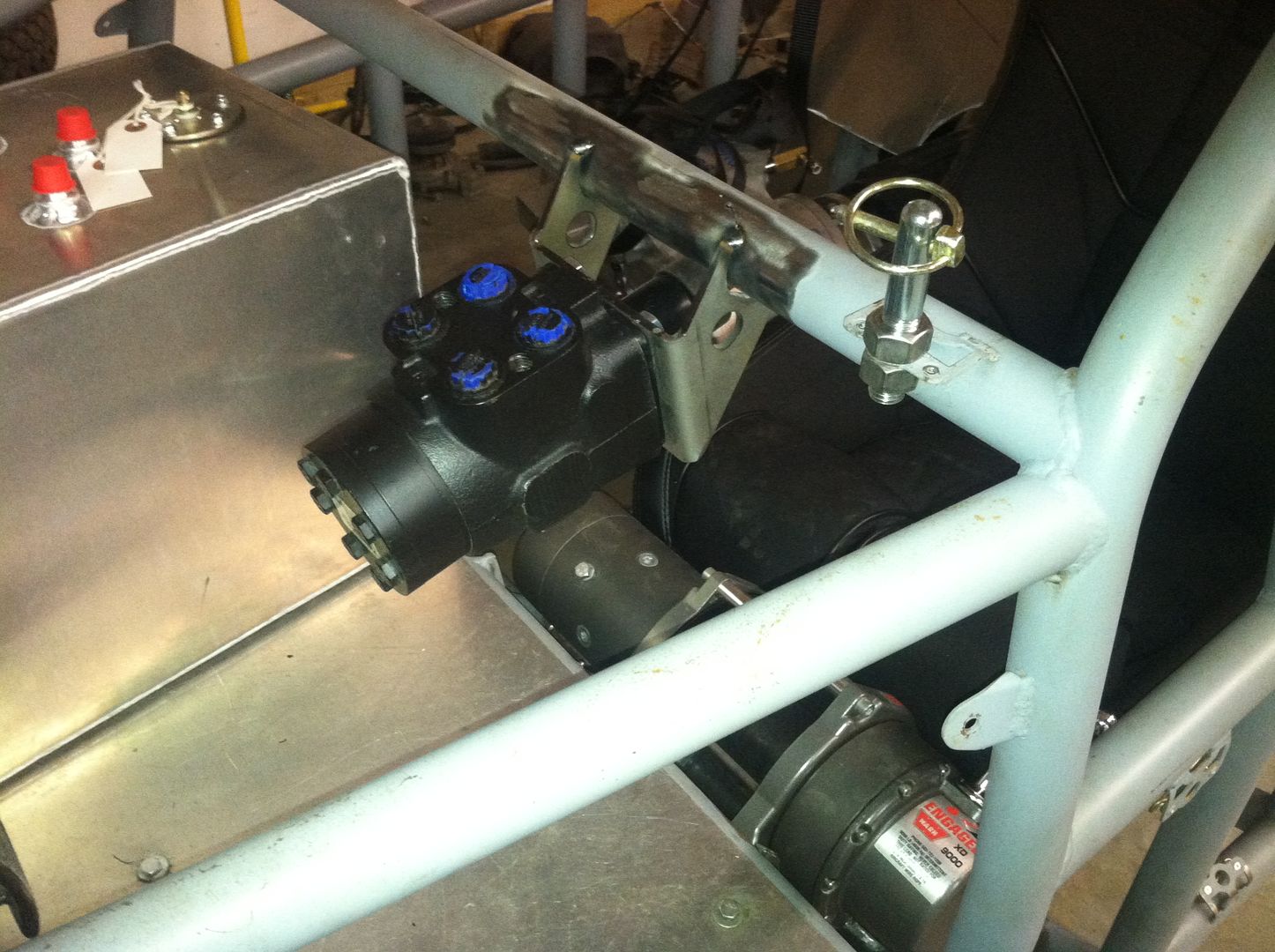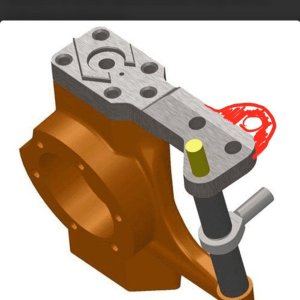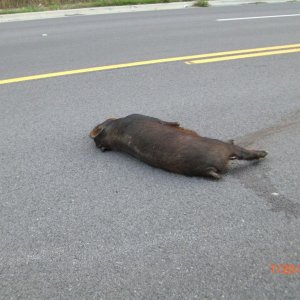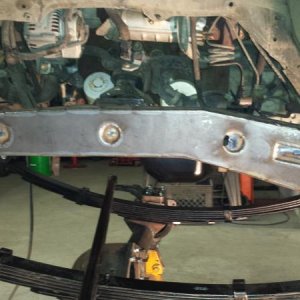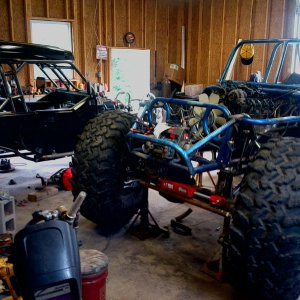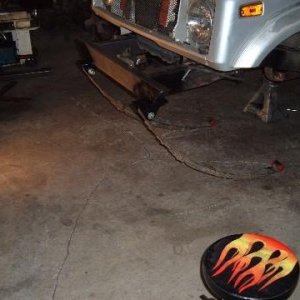Glen1978
Sun does shine on a DOGS ASS!
Im gona be cramped for space outside my firewall in my Yota truggy (gona have to run over the frame rail and outside of frame with exhaust). Ive always been leary of having that steering valve inside and busting a hose or something and getting that hotness poured all over me. Ive never personally seen anything but a hose bust down on the ram end due to rock or it get pinched up in the suspension. thanks guys!



